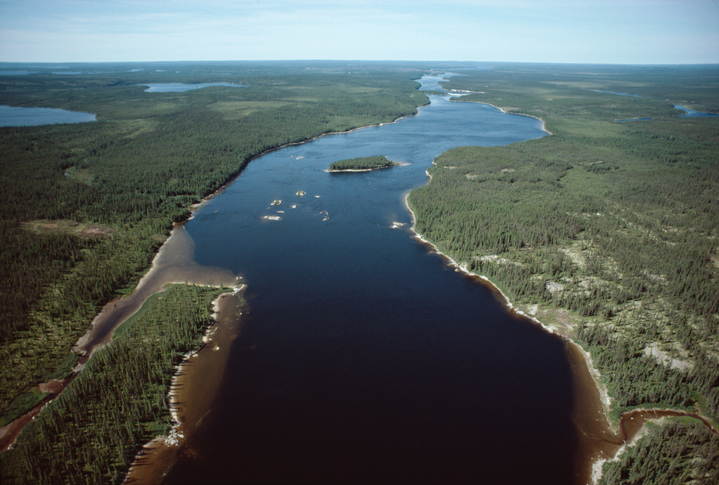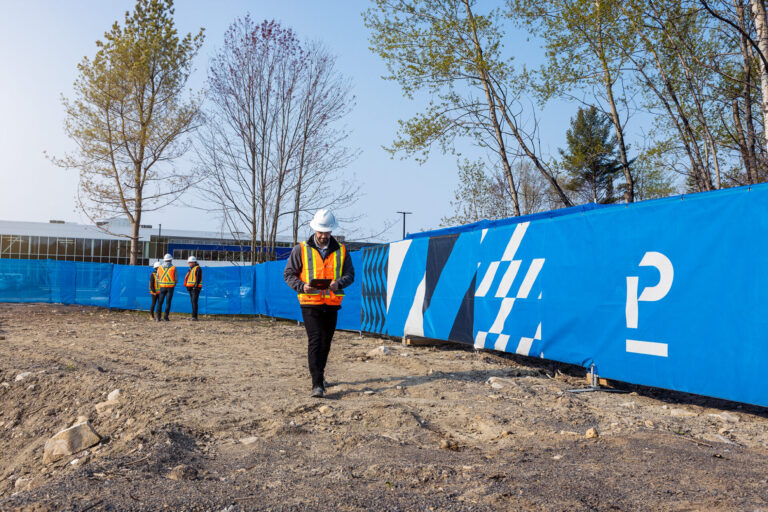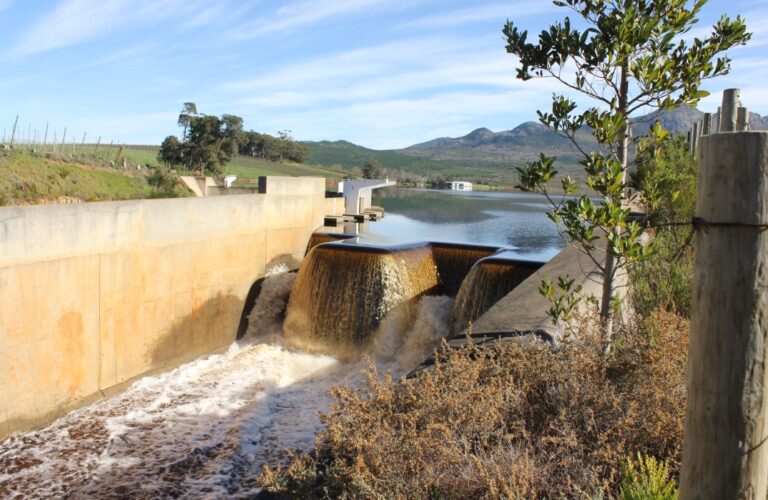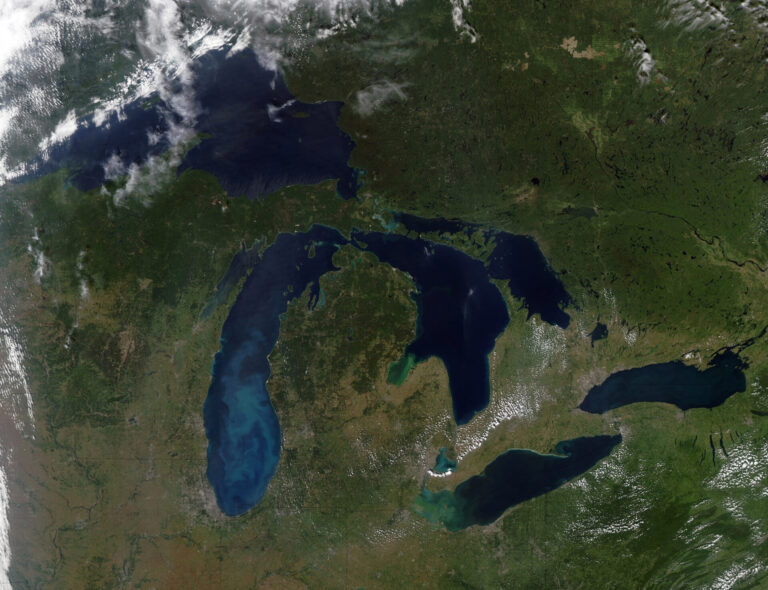When Attawapiskat First Nation declared a state of emergency in October 2011, Charlie Angus (MP Timmins-James Bay) visited the community to find out why. “It was like stepping into a fourth world,” Angus wrote in an article for the Huffington Post Canada. Among several serious concerns about shelter and health, he noted that 19 families in the small community (population approximately 1,900) were living in sheds without running water.
Angus’ commentary launched extensive coverage and campaigning to force federal officials to pay attention to the community’s issues, but the community is still struggling. And when it comes to water, the distribution system is only one issue of Attawapiskat’s many that will take a lot of time, effort, and funding to fix.
Located in northern Ontario near James Bay, Attawapiskat has a long history of water troubles. Rod Peters, a senior engineer at GENIVAR, says the community’s supply, treatment, and distribution challenges have been simmering in the background for at least 20 years. He should know—about three years ago, the community and Aboriginal and Northern Affairs Canada (AANDC, then INAC) asked GENIVAR to identify a suitable water intake site on the Attawapiskat River.
Historically, the community drew water from the Attawapiskat River and Monument Channel by buckets and pails. In 1976, AANDC recommended that the community water supply should come from an inland lake (slough) just northeast of the community. The community was concerned about using the slough as a water source as they knew the water had organics, was coloured and there was no water flow in the winter months.
The slough’s approximate 2.5-metre depth causes a lot of problems, says Peters, especially in the winter, when the lake is covered in a fairly thick layer of ice and the intake is positioned above the lake bottom by about a metre. “There’s an issue of capacity, and it could be a problem within 10 years,” says Peters.
The bigger issue, he says, is that the water in the lake is high in natural organic matter. Added to that, iron and manganese concentrations are a problem, especially in the winter months. One component of the poor winter water quality condition is that when the ice freezes, a lot of contaminants are excluded from the ice and are concentrated in the remaining water, increasing the concentrations in the water, Peters explains.
Of course, contaminants could be taken care of through the water treatment process. But the community’s plant, built around 1991, isn’t cutting it, nor was the previous water treatment plant.
Right now, Attawapiskat’s water plant is classified as a Class III chemically assisted conventional filtration system. When the raw water enters the plant, the system injects a polyaluminum chloride coagulant to increase the size of the contaminants, making it easier to remove them in the media filtration system. After filtration, operators add chlorine for disinfection and send the water to the reservoir.
Technically, the filtration system is reducing the dissolved organic carbon by 50 per cent. Peters is also quick to point out that it’s not a matter of operations. “The real problem is that the dissolved organic carbon (DOC) level is just too high to start,” he says. “When you chlorinate the filtered water, trihalomethanes (THMs) and haloacetic acid (HAA5s) are formed within five minutes of contact.”
THMs are a group of compounds that can form when the chlorine used to disinfect drinking water reacts with naturally occurring organic matter. They’re environmental pollutants, and many are considered carcinogenic. According to Health Canada, total THMs in drinking should not exceed 0.1 milligram/litre (mg/L). In the spring of 2011, GENIVAR also completed an investigation to determine the disinfection by-product formation potential and found THM concentrations in the 0.14 mg/L range. These values are consistent with what was found in Health Canada’s quarterly sampling. In fact, the most recent Health Canada sampling found THMs in the treated water to be 0.2 mg/L.
Originally, the plant was designed and constructed to include an ozonation system to assist in breaking down (oxidizing) natural organic matter and iron in raw water to facilitate the filtration process. “They operated it for awhile, but ran into technical and mechanical problems,” says Peters. “The other issue is that there’s bromide in the raw water. When you ozonate bromide, it turns to bromate, which is a carcinogen.”
Not only, then, did the original design not work properly, but it presented potential health hazards. “Technically, the filtration system in Attawapiskat right now will not be able to bring water to compliance with the recommended drinking water quality guidelines for Health Canada,” Peters confirms.
Health effects
What kinds of effects could these contaminants have on the population?
“That’s where it gets dicey,” says Peters. “There’s research that indicates that it’s not good to have THMs and HAA5s in the water, but the impacts, or concentration levels that could impact your health, are hard to determine.” Health Canada has advised community members to not drink the water, but boiling doesn’t remove the THMs, so they must buy bottled water or, for the people with homes linked to the distribution system, they must use household activated carbon filters.
“AANDC recognizes that it’s a problem,” Peters affirms. “Two to three years ago, they installed a reverse osmosis (RO) system at the plant. That water is available at a water depot, and residents can take jugs and bring it to their homes for drinking.” Recently, he adds, Health Canada has tested the RO water and found that THMs are well within the guidelines.
While this temporary system provides enough water for the community’s needs, the RO water is not piped directly to everyone’s homes. As a result, another Health Canada advisory asks people to minimize their exposure to household tap water. THMs can escape from the water into the air during a shower or bath and can be absorbed through the skin and from inhalation. Exposure to elevated THMs in the water can cause skin irritation and rashes in people with sensitive skin. THMs are thought to have been a problem in the community for over 15 years.
In October 2011, GENIVAR completed a draft capital planning study that touches on the community’s entire infrastructure system. While he cannot disclose estimates, Peters says that improvements to Attawapiskat’s water supply, treatment system, and water storage and distribution issues will cost in excess of $10 million. WC










I must say that the fire in fort McMurray created a big supply of charcoal up there…what about charcoal filtering? Is that not a possibliity? I would like to learn more and make an intelligent statement; at the moment this one will have to do…
Do you have a source/any context as to why the AANDC made that recommendation in 1976?
Yuna likes allen
Laxshana likes Laxman and Yuna likes allen